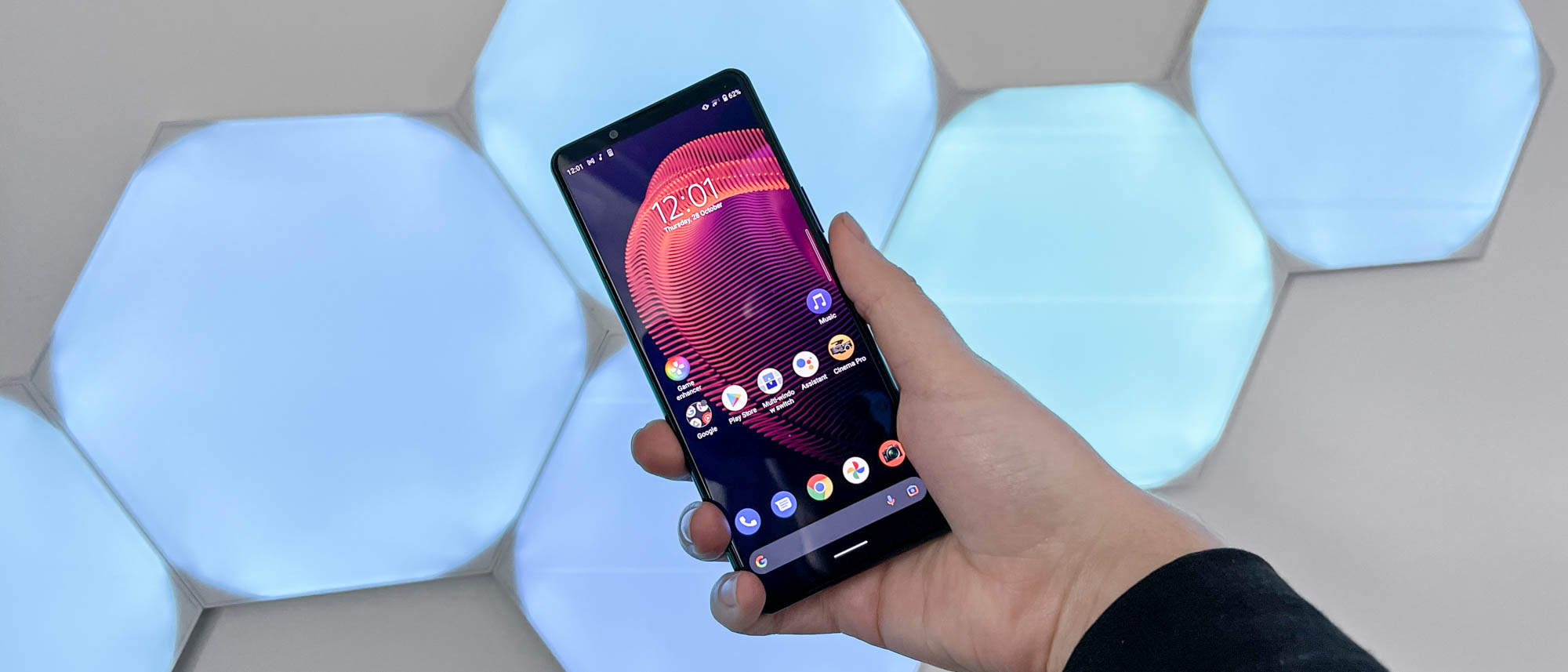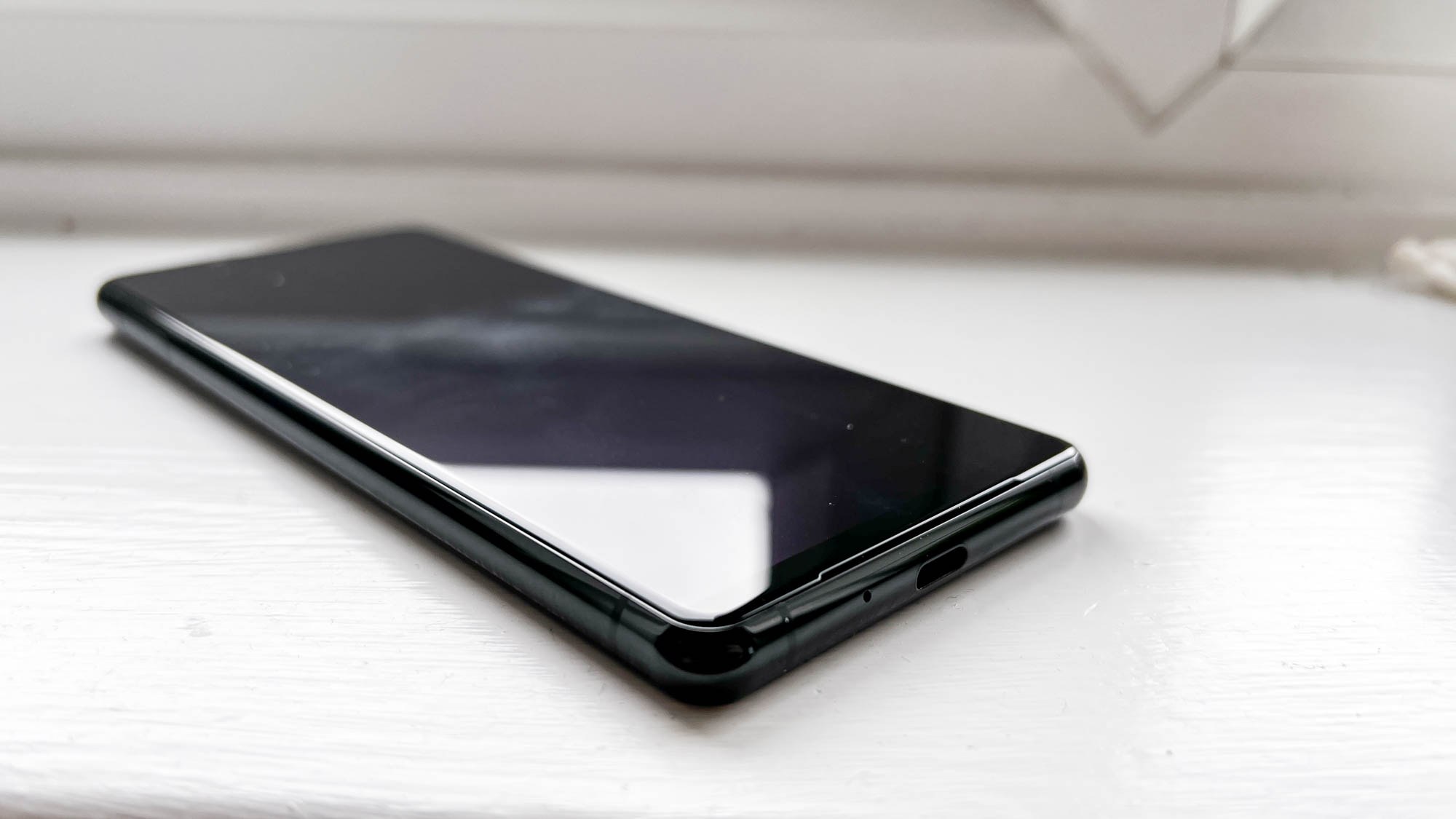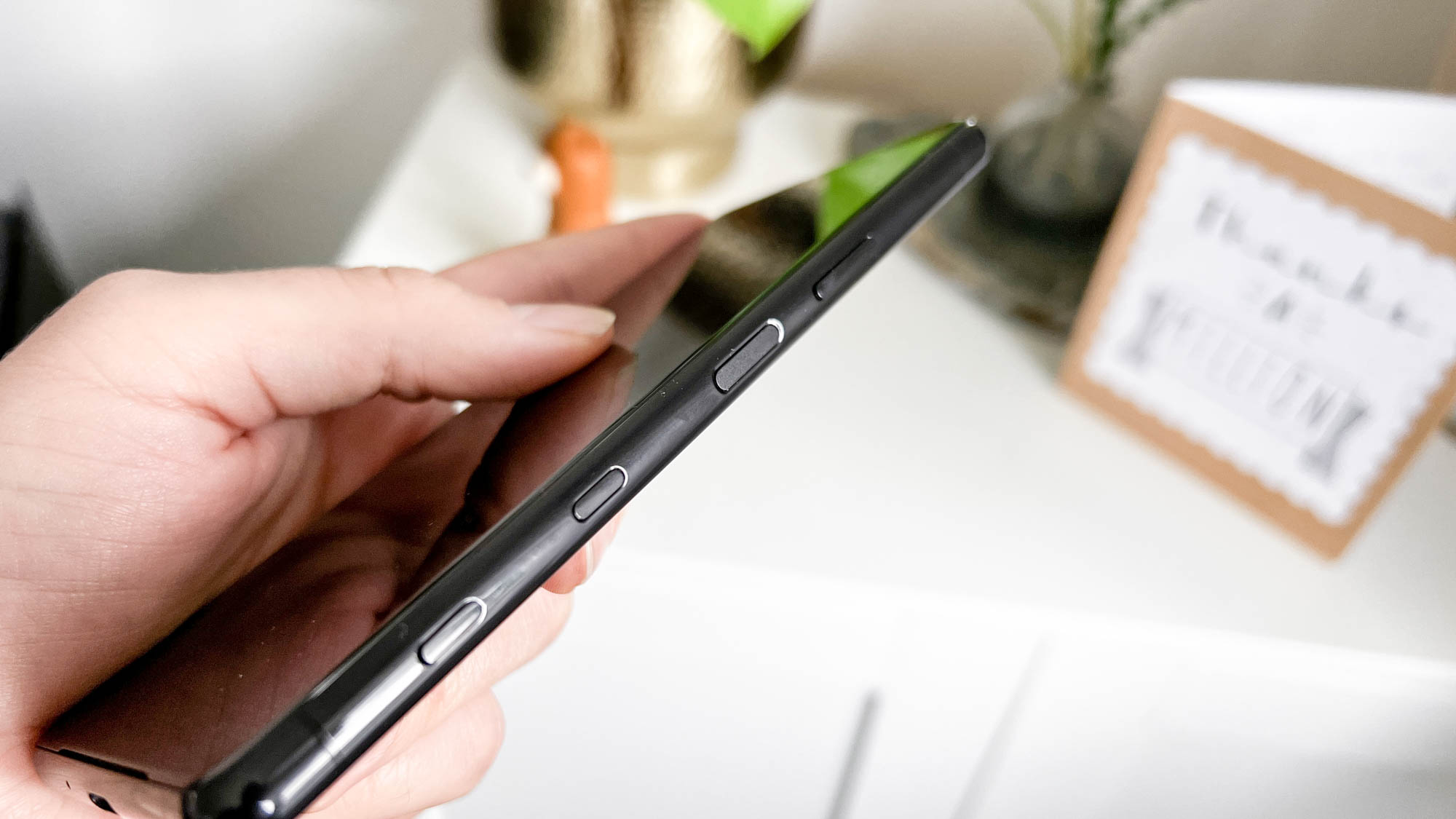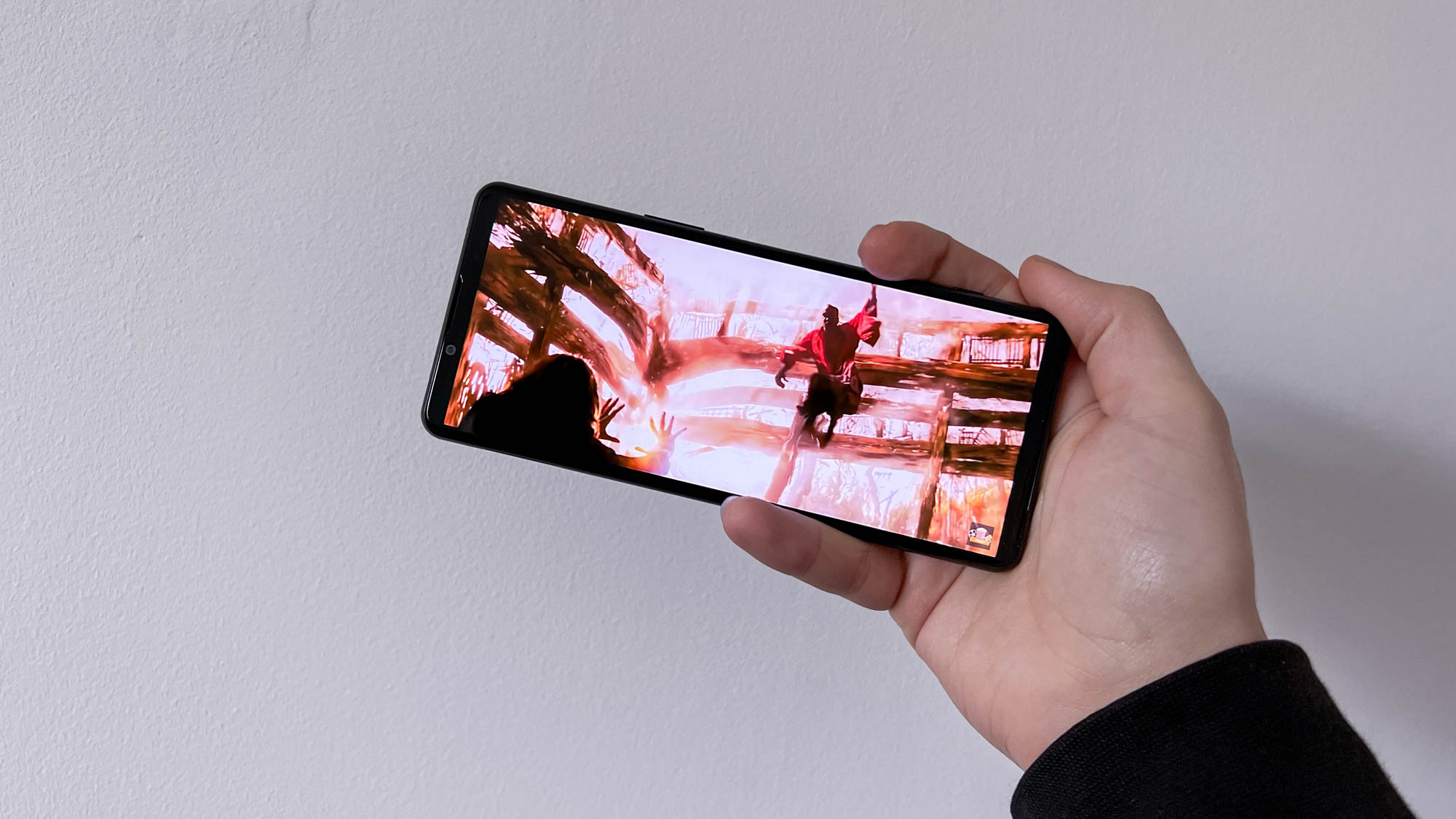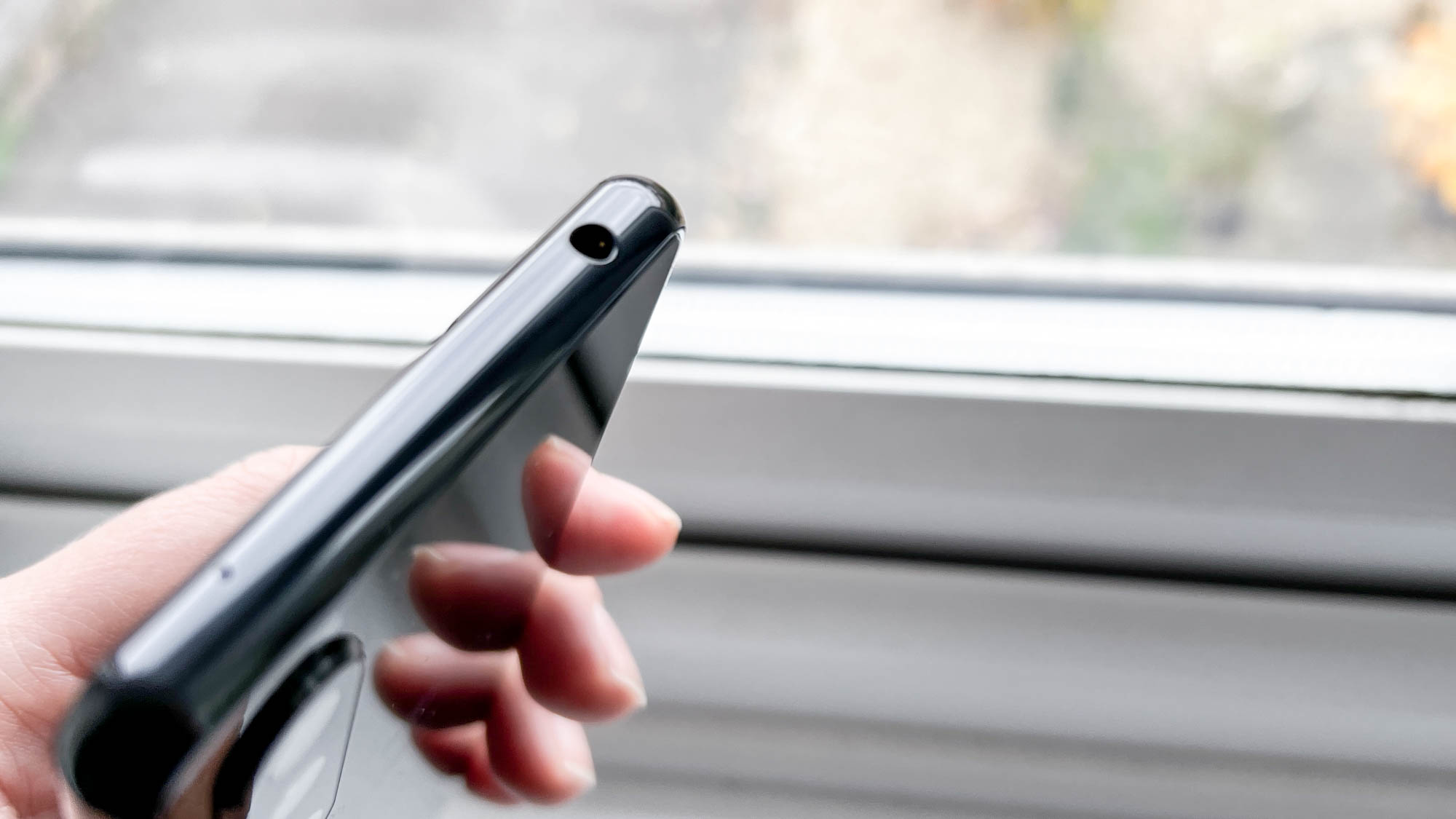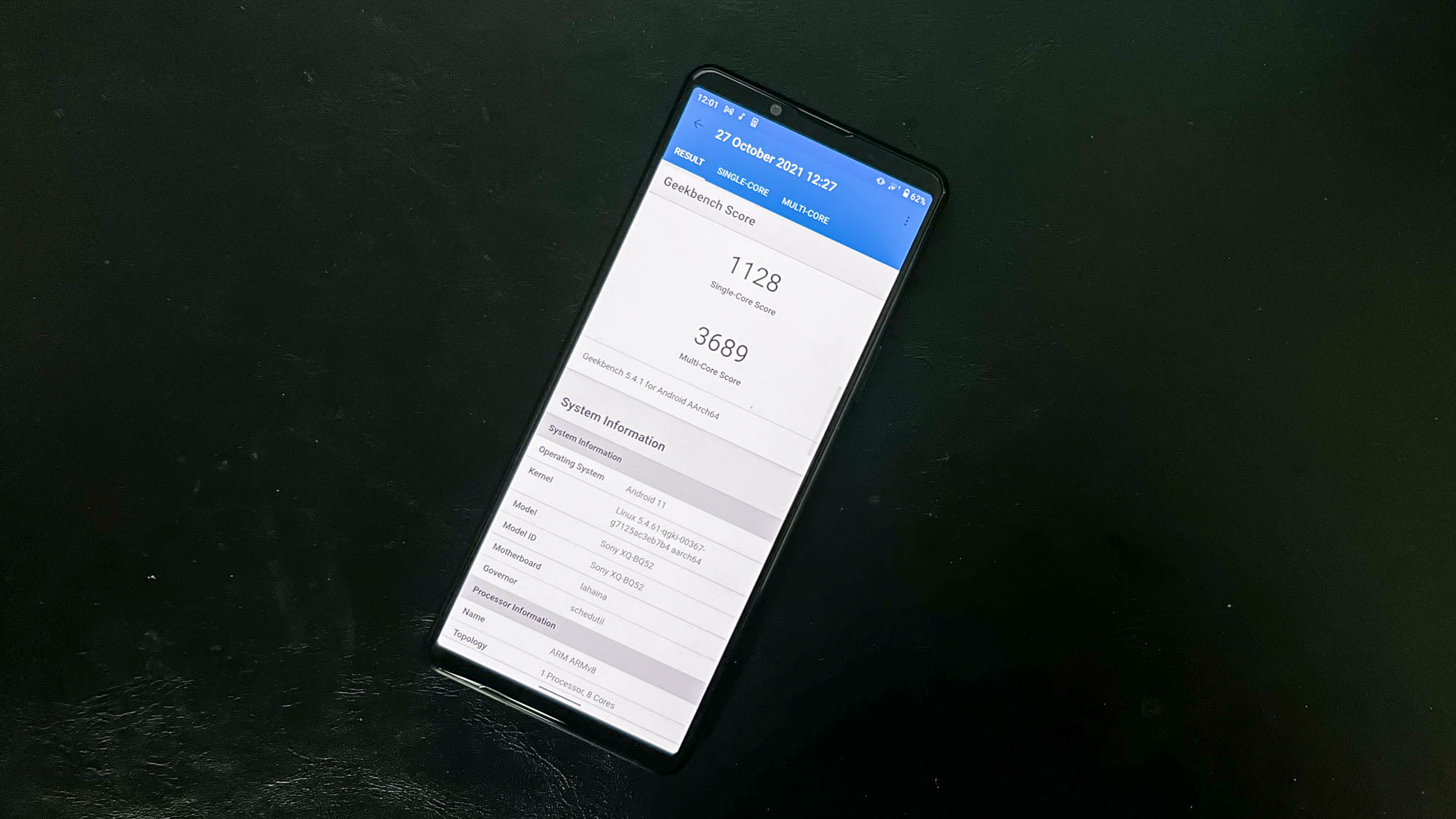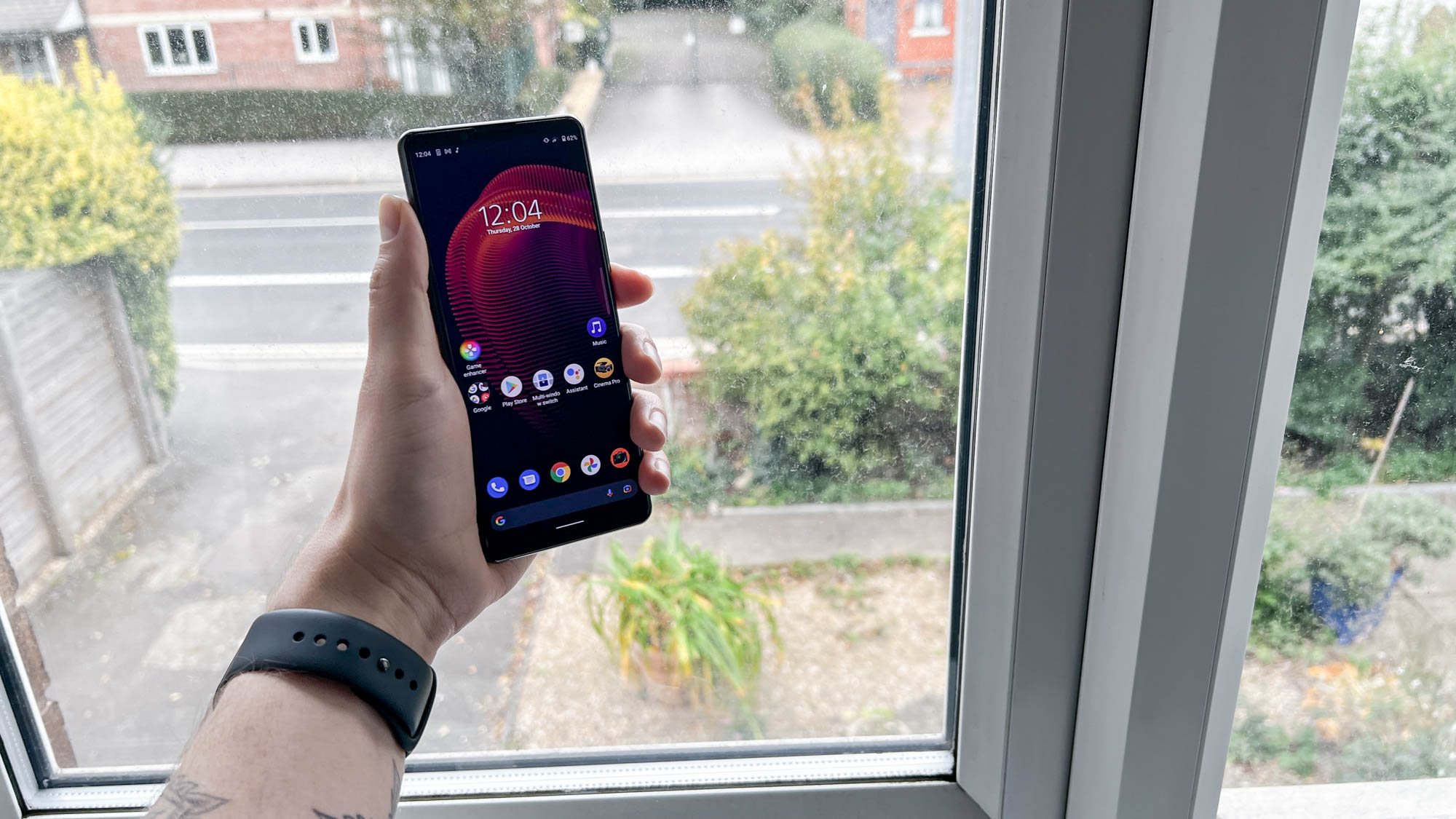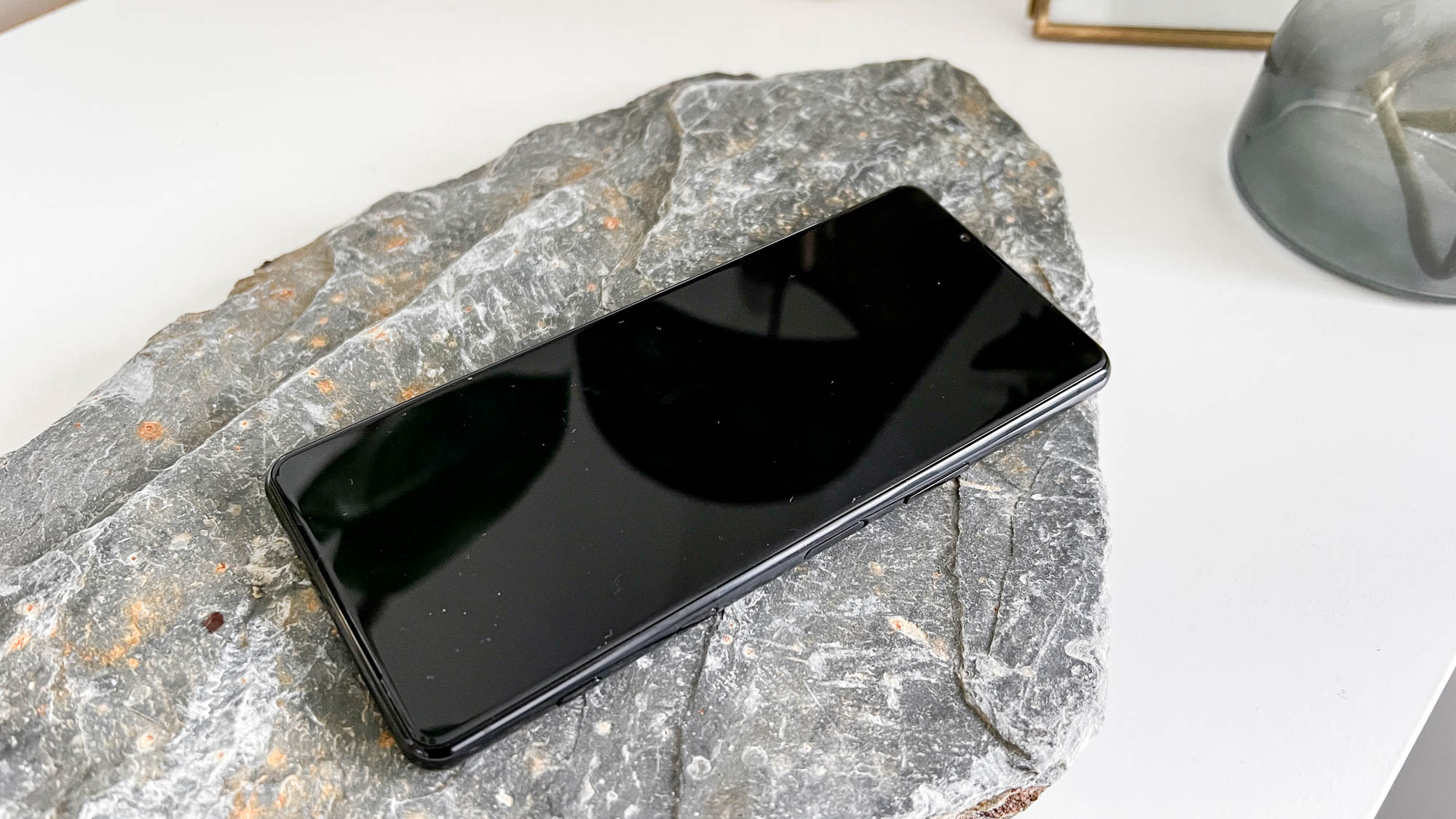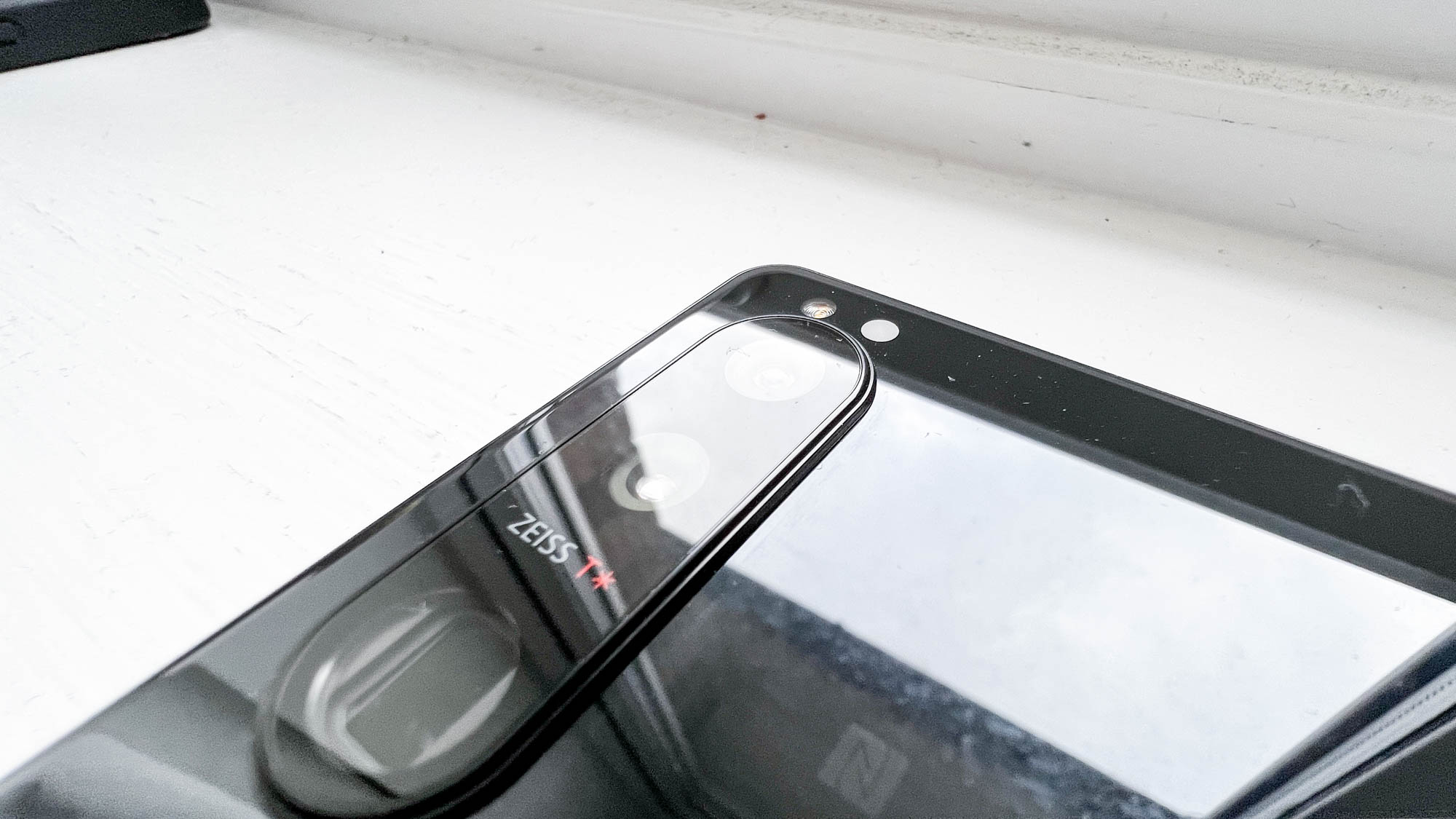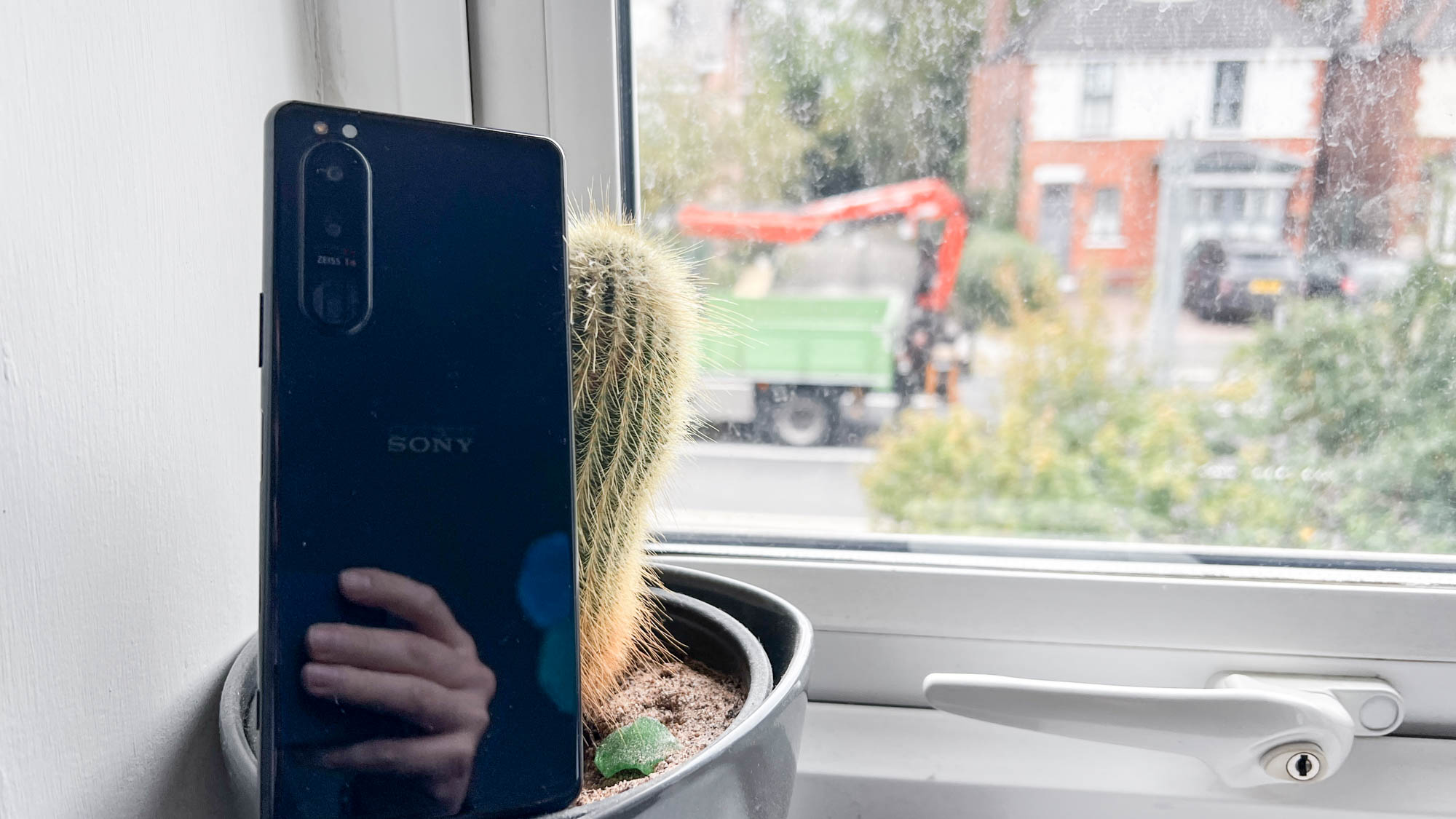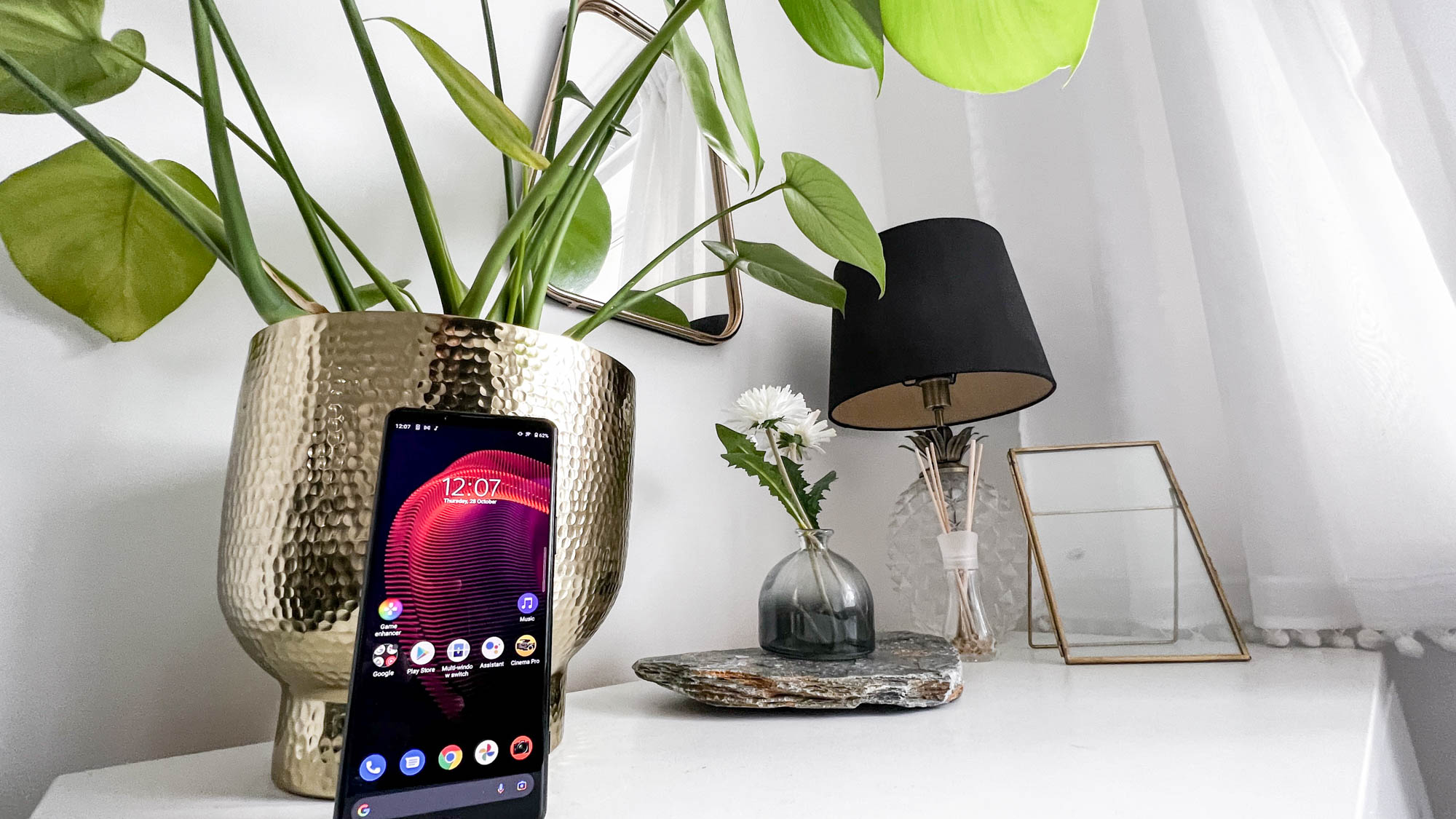Laptop Mag Verdict
The Sony Xperia 5 III is an impressive compact alternative to the standard flagship phones — packing great cameras and a beautiful display in a unique, compact design. It’s a shame this formula is let down by poor thermals and confusing camera software.
Pros
- +
Powerful Snapdragon 888 chip
- +
Solid battery life
- +
Gorgeous 21:9 display
- +
Strong cameras...
Cons
- -
...but pro camera apps are not easy to use
- -
Gets very hot, very fast
- -
No wireless charging
- -
Not much improvement over the Xperia 5 II
Why you can trust Laptop Mag
Sony’s Xperia smartphones have a reputation of being compact-yet-tall, and the Xperia 5 III is no different.
Similar to the previous Xperia 5 II, this latest model is tall-yet-compact thanks to the 21:9 CinemaWide display, and comes with a similar triple camera system from the engineers behind Sony’s Alpha a9 full-frame mirrorless cameras.
In fact, the only real differences between the Xperia 5 III and its predecessor are a bigger battery, a slightly different camera array and an upgrade to a Snapdragon 888 processor. Does this beefed up power and continued focus on pro-level camera control make for a worthwhile upgrade? Let’s find out.
Sony Xperia 5 III: Price and configurations
Sorry, US readers. There doesn’t seem to be plans to make the phone available in America.
However, the Xperia 5 III is up for sale in the UK for £899. This pricing puts it in the same range as the likes of the OnePlus 9 Pro, Pixel 6 Pro and iPhone 13 Pro.
Sony Xperia 5 III: Design
If you’ve held one Sony Xperia phone over the past couple of years, you’ve held them all. That’s not necessarily a bad thing given the use of premium materials and a restrained all-black aesthetic.
This classic glass-and-metal sandwich comes with a dual-SIM tray on the left that you can remove without a pin, and various buttons on the right edge including a dedicated camera shutter button. As for ports, you have two: a USB-C and a warmly welcomed 3.5mm headphone jack.
Sign up to receive The Snapshot, a free special dispatch from Laptop Mag, in your inbox.
At 6.2 x 2.7 x 0.3 inches, the extended length and towering display make this phone taller than the iPhone 13 Pro (5.8 x 2.8 x 0.3 inches), but smaller in width and ever so slightly thinner, too. Plus, at 5.9 ounces, this is significantly lighter than Apple’s 7.2-ounce pro phone. There is hardly any point in comparing this to the OnePlus 9 Pro, which is massive (6.4 x 2.9 x 0.34 inches, 7 ounces).
All of this translates into a compact phone that seems weirdly tall at first glance, but is comfortable to hold thanks to its lightweight, skinny footprint. In a sea of standard slabs, this Sony stands out.
Sony Xperia 5 III: Display
Continuing in lock-step with the Sony Xperia lineage, the 5 III’s 6.1-inch OLED display sports a 21:9 aspect ratio, 1080 x 2520-pixel resolution and a 120Hz refresh rate.
Sure, this may not be the 4K beauty of a panel that you find on the Xperia 1 III. Neither is it a QHD resolution, but let’s be honest, FHD+ resolution is more than enough for most of us. Plus, while I can’t specifically test Sony’s claim of a 100% DCI-P3 color gamut, I can say the company absolutely nailed the screen’s color temperature and contrast ratio.
Everything you look at is brimming with vivid colors and the buttery smooth motion is great for ultra-wide gaming and watching a range of videos. The classic green code pops off the screen with a vivid shine during The Matrix Resurrections trailer, and the darker scenes were in sharp detail.
Living up to its “CinemaWide” branding, this is one of the best smartphones for viewing content — beaten only by its bigger 4K sibling.
Sony Xperia 5 III: Audio
Of course, a good viewing experience needs powerful audio, which this phone delivers handily thanks to three key features.
The big headlines here are support for Hi-Res wireless audio, thanks to the LDAC codec on-board and 360-degree spatial audio. That means you can make the most of Sony’s own WF-1000XM4 earbuds, or the likes of Soundcore’s Liberty 3 Pro or Edifier Neobuds Pro. If you haven’t heard the difference between standard AAC audio and LDAC for yourself, it is night and day.
Another big win is the continuing support for wired headphones thanks to the 3.5mm audio jack. My classic Sennheiser cans are getting a workout and it speaks to the versatility of the Xperia 5 III.
Without headphones though, the dual stereo speakers with Dolby Atmos deliver crisp sonics without distortion. Sure, they’re tinny at high volumes, as you’d expect with any smartphone, but Four Year Strong’s cover of “Bittersweet Symphony” sounded great. The subtle details shone, while the thrashing loud chorus was all kept under control.
I’d be remiss not to mention that Sony added a feature called Dynamic Vibration, which essentially uses the on-board haptics to deliver a physical emphasis to what you’re watching. It’s a gimmick and 99% of the time, it doesn’t make sense, as you watch your phone vibrate off the table while watching YouTube videos.
But that 1% when you’re watching movies and TV shows with fantastically ranged soundscapes (Invasion on Apple TV, for example) it actually adds to the experience. The subtle vibrations deliver a tactile sensation, activating another sense as you watch content. It’s a feature that needs some work, but Sony’s onto something here.
Sony Xperia 5 III: Performance
Under the hood, you’ll find a Snapdragon 888 chipset alongside 8GB RAM and 128GB of on-board storage, which is expandable thanks to the microSD card slot. In our own Geekbench 5 testing, the Xperia 5 III hit a multi-core score of 3,689. Unsurprisingly, the iPhone 13 Pro thumps it with a 4,718 multi-core score, and with an identical processor, Sony matches the OnePlus 9 Pro (3,685 multi-core).
On the graphical side, in the Wild Life Unlimited 3D Mark test, the phone once again matches OnePlus with an average frame rate of 35 frames per second, which doesn’t come close to the stratospheric iPhone 13 Pro (77 fps).
In real-world use, this all translates into a fluid Android user experience. It’s certainly not the fastest I’ve seen (take a look at the gaming-centric Redmagic 6S Pro for that), but it can tackle all of your day-to-day tasks and even prosumer use cases, such as recording 4K HDR video at 120 fps. Even with just 8GB of RAM compared to the OnePlus 9 Pro’s 12GB, multitasking is swift.
You will even find a dedicated gaming mode that intelligently clears the RAM it needs and pumps up the performance to the detriment of battery life. One issue across the board, which isn’t limited to just this high power mode, is the temperature of the phone.
I don’t have a temperature gun on hand to clock this phone, but it felt hot during my testing. In fact, opening the Cinema Pro app gives you a warning about the device temperature potentially resulting “in burns.”
All-in-all, it’s a fast phone but Sony needs to improve the thermal management for the Xperia 5 IIII.
Sony Xperia 5 III: Battery life & charging
The Sony Xperia 5 III packs a 4,500 mAh battery and 30W charging. Battery life is always a moving target because it depends on your daily usage — and even more so with the Xperia 5 III since it features prosumer-level apps and tools.
I made it through a standard day (a few hours of web browsing, calls, messaging, listening to podcasts and Spotify all day, social media use, plenty of check-ups on my crypto portfolio, and wrapping up with some gaming in the evening) with about 5-10% remaining. With the included charger, I juiced this device up to 50% in just over 30 minutes. That’s not the fastest — that trophy belongs to the Xiaomi 11T Pro — but it’s a good result nonetheless.
Meanwhile, given the power and capabilities of the pro camera apps, they can kill the battery quickly. All-in-all, the stamina is a mixed bag, which makes the lack of wireless charging more impactful from a convenience standpoint.
Sony Xperia 5 III: Cameras
The Sony Xperia 5 III copies the Xperia 1 III’s homework with the same 12MP triple camera system, minus the Time of Flight (ToF) sensor used to determine the depth of a shot.
In more detail, your main shooter is a 12MP sensor with a 24mm lens and f/1.7 aperture, which works alongside a 12MP ultra-wide 16mm snapper with f/2.2 and a 12MP telephoto that can switch between an f/2.3 70mm or f/2.8 108mm lens for an impressively versatile shooting setup.

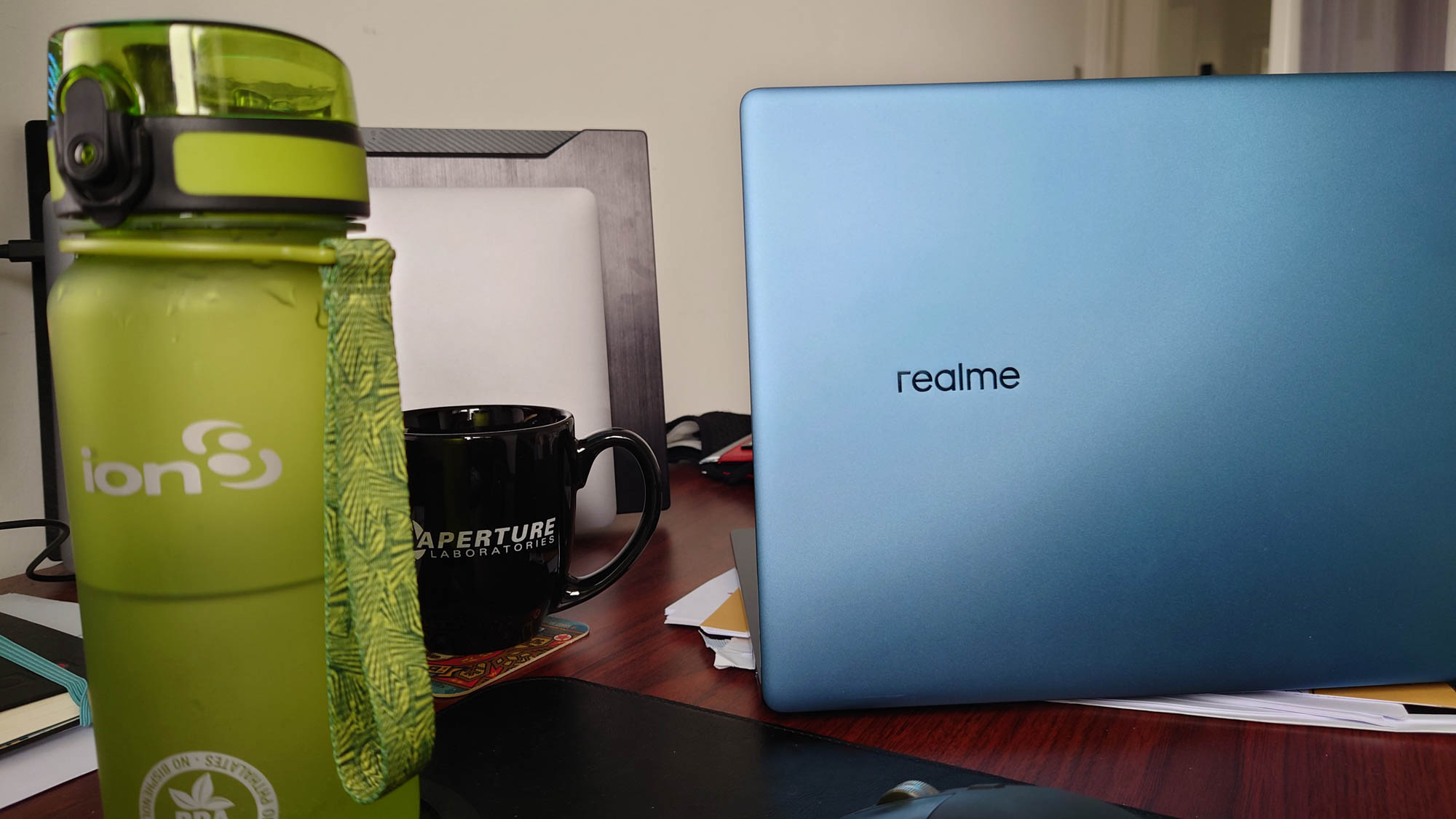
Inheriting Sony's pro camera DNA, these cameras can be controlled by one of two apps: Photo Pro and Cinema Pro. If you’ve ever used an Alpha camera, you’ll feel right at home. You have an auto mode that does produce decent shots with true-to-life colors, which may seem flat to any who’s taken a photo on a Samsung phone, but I like the more realistic tones on the leaves here.
The ultra-wide lens is a welcome change of pace too, from the 8MP afterthoughts on other phones to the detailed, expressive shots that focus quick and provide 12MP of detail. And of course, that variable telephoto lens gives you a nice optical zoom option, which does fall victim to some noise around the edges thanks to the narrower aperture.


However, the real party trick is the astonishing level of customization. The capabilities awarded through manual settings, such as altering the shutter speed and white balance, means you can let your creative mind run wild — provided you know what you’re doing, as these options can get quite convoluted.

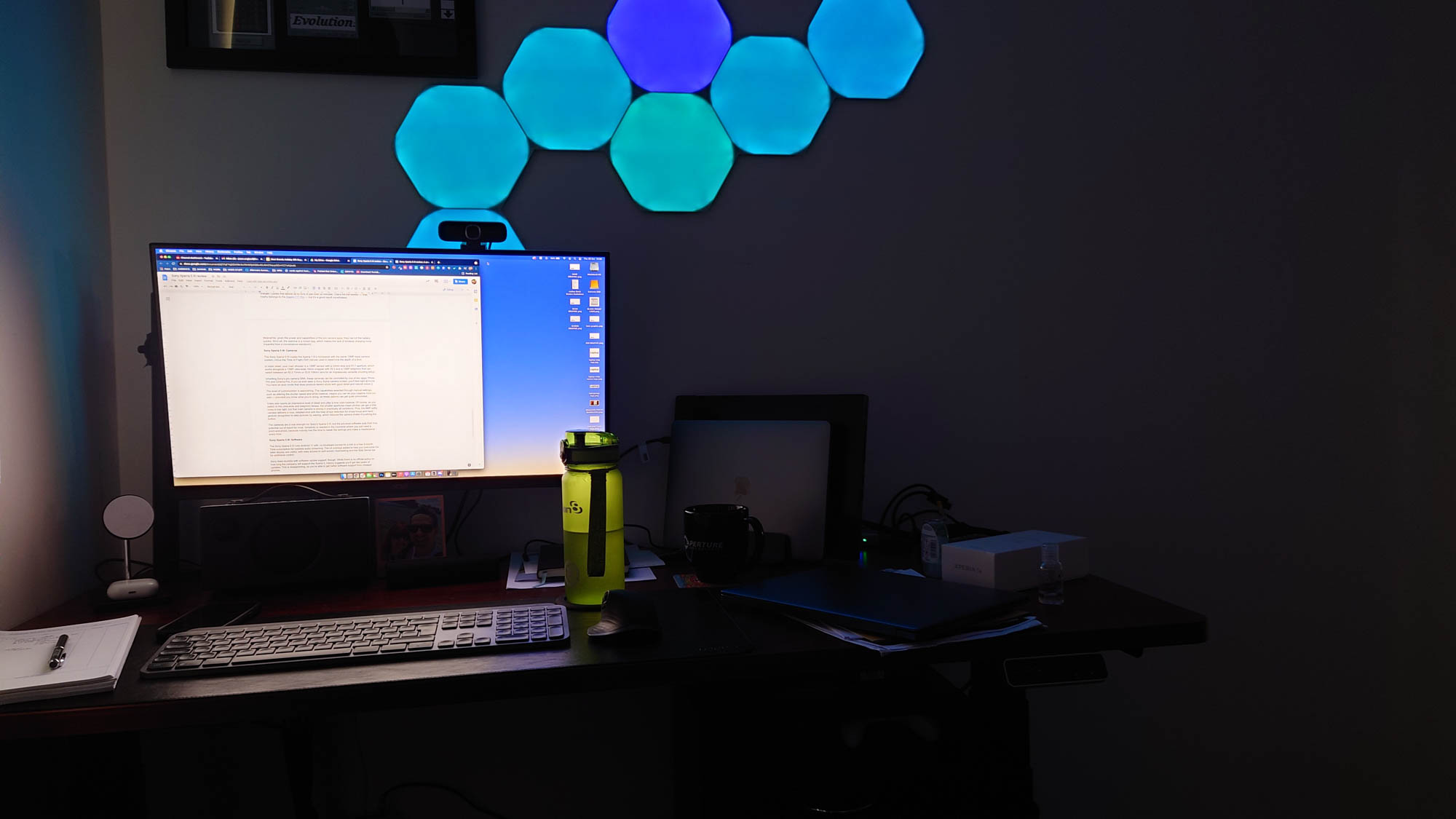
The formula does fall down slightly in low light. There isn’t a dedicated night mode here, which when set to auto, means you can’t customize shutter speed and exposure. That leads to dull and noisy shots. Next time, Sony, just give us a night mode and be done with it.
Plus, the 8MP selfie camera delivers a nice, detailed shot with the help of eye detection for sharp focus and hand gesture recognition to take pictures by waving, which reduces the camera shake of pushing the button.
When applied to video, the 4K capture via the rear cameras is a solid step above what you can expect from many Android phones nowadays, so long as you can make the most of the Cinema Pro app. In Auto mode, the video is pretty standard, but with the benefit of all the custom settings, you can get some great cinematic content.
Overall, the cameras are a real strength for Sony’s Xperia 5 III, but the pro-level software puts their true potential out of reach for most. Simplicity is needed in the moments where you just need a point-and-shoot, because nobody has the time to tweak the settings and make a masterpiece every time.
Sony Xperia 5 III: Software
The Sony Xperia 5 III runs Android 11 with no bloatware except for a link to a free 3-month Tidal subscription for lossless audio streaming. The UI overlays added to help you overcome the taller display are useful, with easy access to split-screen multitasking and the Side Sense bar for additional control.
Sony does stumble with software update support, though. While there is no official policy on how long the company will support the Xperia 5, history suggests you’ll get two years of updates. This is disappointing, as you’re able to get better software support from cheaper phones.
Bottom line
In many ways, the Sony Xperia 5 III is the compact flagship I’ve always wanted. It is a smaller device that doesn’t compromise on performance, cameras or display, adding up to an unmistakably premium experience.
But Sony shoots itself in the foot in three areas: camera software that you need to take a photography course to use beyond the auto mode, an overheating problem, and very minor upgrades over the Xperia 5 II (which costs significantly less).
This is a niche smartphone. If you can make the most of it, you’ll love every second and forgive these issues. If not, I recommend looking elsewhere like the Google Pixel 6 Pro or OnePlus 9 Pro.

Jason brought a decade of tech and gaming journalism experience to his role as a writer at Laptop Mag, and he is now the Managing Editor of Computing at Tom's Guide. He takes a particular interest in writing articles and creating videos about laptops, headphones and games. He has previously written for Kotaku, Stuff and BBC Science Focus. In his spare time, you'll find Jason looking for good dogs to pet or thinking about eating pizza if he isn't already.
